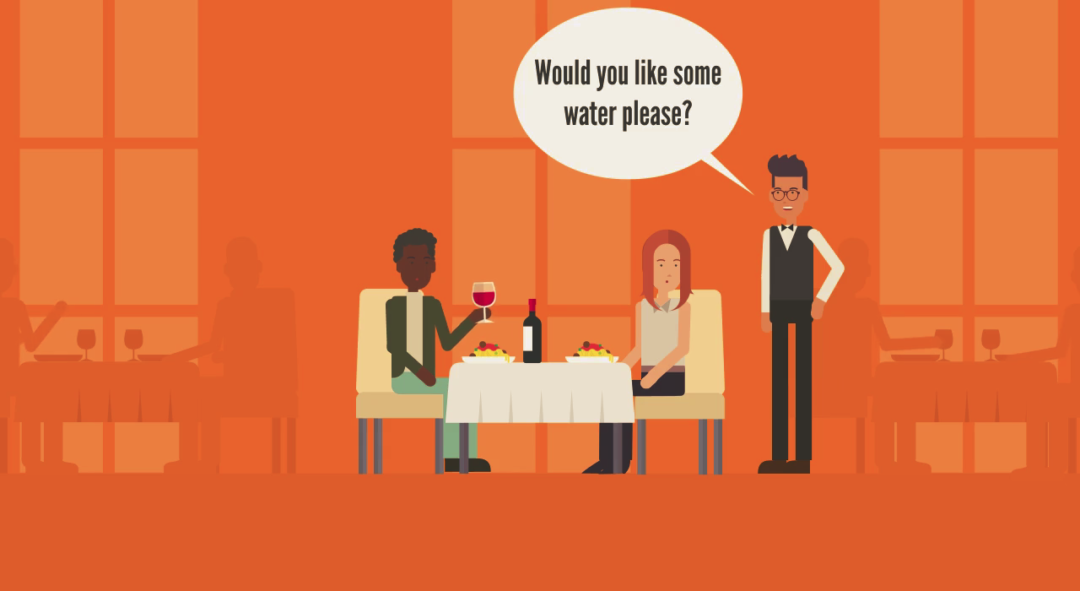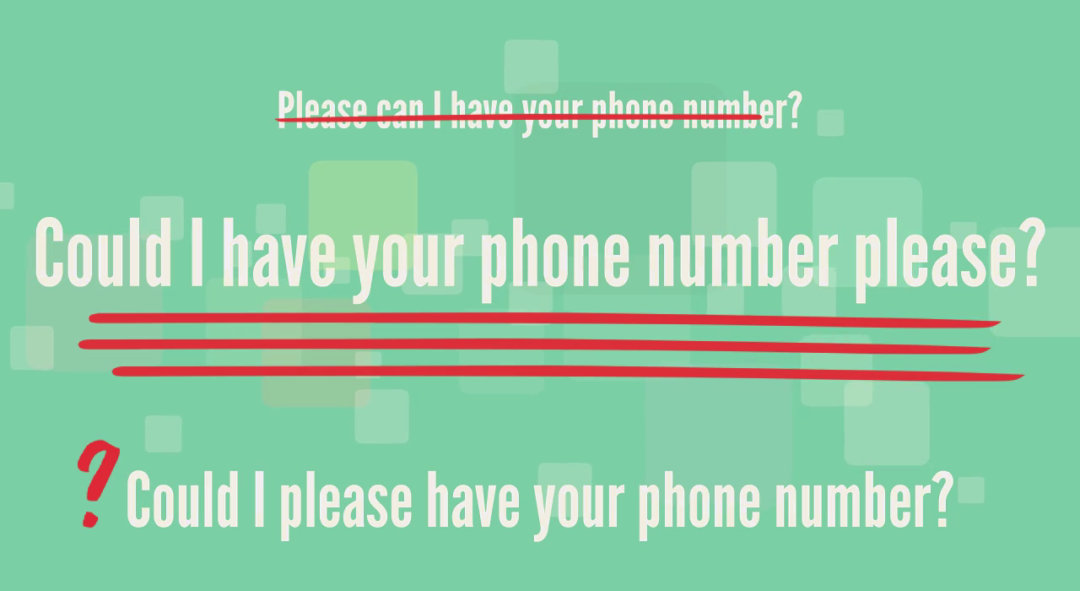Please: How and When
Please gets misused and misplaced a lot. Here’s how and when to use it.
Living in Canada, I interact on a regular basis with people who speak english as a second language. Mostly, everybody can speak english very well. However, there are a few places where lots of second language english speakers struggle, and one of the most common areas is with the word “please”. Don’t get me wrong, placing please in the wrong spot in a sentence or using it incorrectly is better and more polite than not using it at all. But if the goal is fluency, learning when, where and how to use it is important. Let’s get started!
When to use “Please”
Basically, please is the polite way to request something. It is considered the respectful way to request something from someone. If you were to politely ask somebody for a drink of water, you would add “please”. Pretty straight ahead. However, when you are doing something for somebody else, you do not have to say please. This is a common problem in the food and beverage industry. A waiter may come to the table and ask “Would you like some water please?”. It is totally unnecessary for the waiter to add please to the question. if you are asking a question, you generally don’t need to say please. In this case, the waiter could say “Would you like a glass of water?” and the guest would politely respond, “Yes please!”. However, if you’re checking a guest in and you needed their driver’s license, you would say please. Despite the fact that you are doing something for the guest, they have something you need. Therefore, you should request what you need from them politely.
A good guideline to follow when trying to decipher whether or not you need to say please is to think about whether or not you would say “Thank you” after the interaction. Lets use the example of the waiter again:
Waiter: Would you like a glass of water please? Guest: Yes please. Waiter: Thank you! Guest: Thank you! Waiter: It's my pleasure.
The waiter thanking the guest for saying yes to a glass of water doesn’t make sense. In fact, the exchange seems kind of strange doesn’t it? Because saying thank you at the end of the interaction doesn’t make sense, the waiter doesn’t need to say “please”. This is how the interaction should look:
Waiter: Would you like a glass of water? Guest: Yes please! Waiter: I'll go grab that for you. Guest: Thank you. Waiter: It's my pleasure.
This interaction is much less awkward and flows much more naturally. Remember the rule of thumb Pay attention to when native english speakers use please and you’ll get an idea of when please is appropriate or necessary and when it’s not.

How to use “Please”
Another area that ESL speakers struggle with the word please is in it’s sentence placement. Like I said earlier, using please anywhere in the sentence is better than not using when you should. But if our goal is fluency, learning to place it correctly in the sentence should be a priority. A frequent mistake is placing please at the beginning of the sentence, i.e. “Please, may I see your driver’s license?”. This is not technically wrong, in fact it is very formal, but it’s also not how a native english speaker speaks. Placing please at the beginning of a request can actually sound like a demand or like you are begging, so it’s best to avoid this. In most cases, the best placement of please is at the end of the question, i.e. “Could i see your driver’s license please?”. Pay attention to where native english speakers place please and you’ll see that it’s almost always at the end of a request. There are few exceptions to this rule.

Occasionally, you will hear please placed in the middle of sentence, i.e. “Could I please hear the specials again?”. While this is also not technically wrong, it is best to avoid this placement of please in a professional setting because it sounds less polite than at the end of the request, i.e. “Could I hear the specials again please?”.
And there you have it! A guide to using please the way a native english speaker would use it. If you follow the “Thank you” rule of thumb and place please at the end of your requests, you will sound much more fluent. Keep up the good work!
Were there a few words or phrases that you didn’t understand? Find the definitions below!
- Pretty straight ahead– An expression meaning that something is easy to understand.
- Despite– Without being affected by; in spite of.
- Therefore– For that reason; consequently.
- Rule of thumb– A broadly accurate guide or principle, based on experience or practice rather than theory.
- Decipher– Succeed in understanding, interpreting, or identifying (something).
- ESL– English second language.
Do you think you got all of that? Test your knowledge and try the quiz!